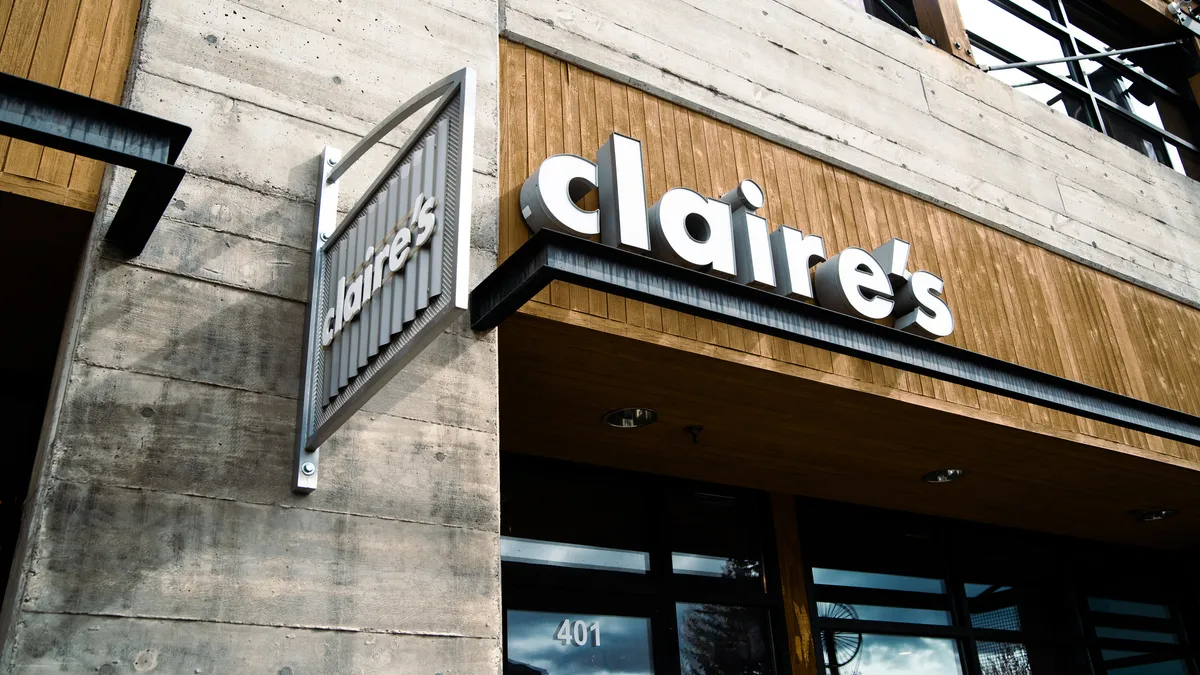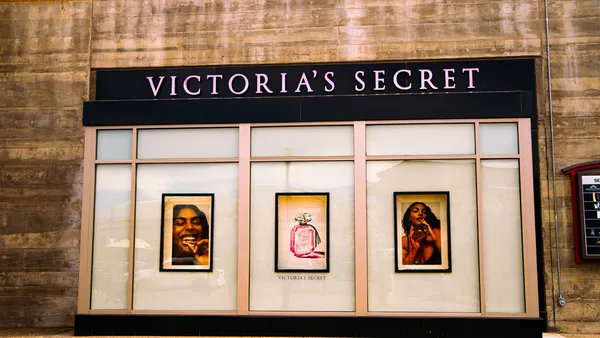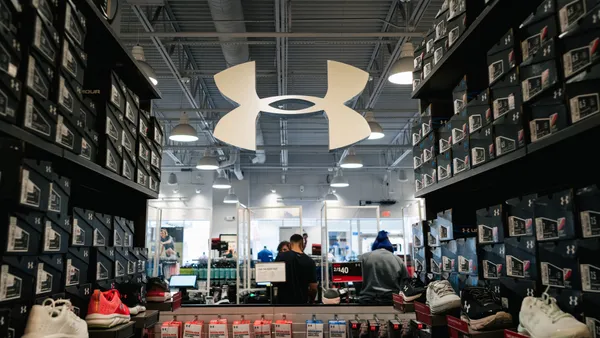Claire’s Chief Executive Officer Chris Cramer, appointed last year, is also the retailer’s chief operating officer and chief financial officer, a consolidation of top roles that symbolizes the company’s cash-strapped operation. The mall accessories and ear-piercing chain, once a magnet for the middle-school crowd, has moved from bejeweled to bedraggled — in bankruptcy court for the second time in seven years and looking for a buyer.
It’s set to shutter 700 stores, including all Walmart shop-in-shops and Icing stores, and may liquidate its entire 1,500-store footprint in North America if a buyer doesn’t come forward. In addition to the North America operations now under Chapter 11, the company has many locations, concessions and franchises overseas.
A sale doesn’t seem likely, though, as the company has no deal despite months of soliciting bids for all or some of the business, even as it prepares to liquidate, Cramer said. This dual track isn’t unusual, but it doesn’t bode well, according to Sarah Foss, global head of bankruptcy at Debtwire.
“Although Claire’s retains flexibility to halt the store closing sales if a buyer emerges to purchase the company’s assets on a going-concern basis, it is unlikely that such a bidder will emerge,” Foss said in emailed comments. “Indeed, the company has said that an actionable going-concern sale has not materialized for the 800 stores as of the bankruptcy filing.”
What happened
In a filing with the U.S. Bankruptcy Court for the District of Delaware Wednesday, Cramer describes a retailer that managed to persevere through the pandemic, but has floundered ever since.
"It is unlikely that such a bidder will emerge."

Sarah Foss
Global Head of Bankruptcy, Debtwire
Of all Claire’s operational difficulties and missteps, the rise of e-commerce and decline of the mall were particularly challenging, according to Cramer’s filing. The retailer’s own online channel lost it some $9 million in adjusted EBITDA in fiscal year 2024.
Then tariffs hit this year, a final straw given that nearly three-quarters of its inventory comes from outside the U.S., mostly China. As of June 23, its estimated cost of goods sold are set to increase by some $30 million due to higher tariffs, per court filings.
“The majority of the Company’s customers are young individuals who do not themselves have access to funds, credit cards, or the ability to shop online,” Cramer told the court. “These customers rely on their parents or caretakers to bring them to the Company’s stores so that they can see and touch the Company’s products. Accordingly, the Company struggled to create an online website that could compare to the tactile shopping experience that is so vital for its young customers.”
To offset higher costs, inflation and eventually tariffs, Claire’s raised prices and shifted its inventory, which both backfired, he also said.
“The majority of the Company’s customers are young individuals who do not themselves have access to funds, credit cards, or the ability to shop online."

Chris Cramer
CEO, COO and CFO, Claire's
“The Company also focused on stocking its shelves with more ‘core products’ that are usable and wearable year-round, as opposed to trendy or seasonal merchandise,” he said. “This ... did not have the anticipated result on the Company’s bottom line, as the Company was left stocked with too many products that did not feel relevant to consumers. As a result ... sales declined, necessitating heavy discounts to sell excess inventory.”
Tariffs have been a trade policy idiosyncratic to the Trump administration. But the retail trends that seem to have caught Claire’s by surprise are not new, SiteWorks President Nick Egelanian said by email.
“How many decades have they had to prepare for weakening traffic at malls?” he said. “I believe they are very dependent on stores in secondary malls — with no real strategy to diversify. That is a losing proposition.”
Meanwhile, as Claire’s struggled to catch up on and offline, competitors swooped in.
“How many decades have they had to prepare for weakening traffic at malls?”

Nick Egelanian
President, SiteWorks
Cramer cites Lovisa, Shein, Five Below, Ulta and Temu as taking wallet share. The retailer’s piercing business even lost customers as Ulta and Five Below began to offer ear piercing and tattoo parlors grew in popularity for piercing, per his filing.
Lovisa and others have assortments and pricing “more attuned to what younger consumers want and has left Claire’s looking somewhat out of step with modern demand,” GlobalData Managing Director Neil Saunders said in emailed comments. “Amazon and other online players have also turned the screw, especially as visits to some secondary malls where Claire’s is present have waned.”
Bankruptcy could be another opportunity for Claire’s to turn around because there is still a place for it in the market, according to Saunders. The company, which has been backed by investment firms Elliott Management and Monarch Alternative Capital since exiting its last bankruptcy, is shouldering nearly $691 million in debt obligations, per filings.
“Reinventing will be a tall order in the present environment,” Saunders said.
Clarification: This post has been updated to reflect which Elliott Management arm is backing Claire's.















